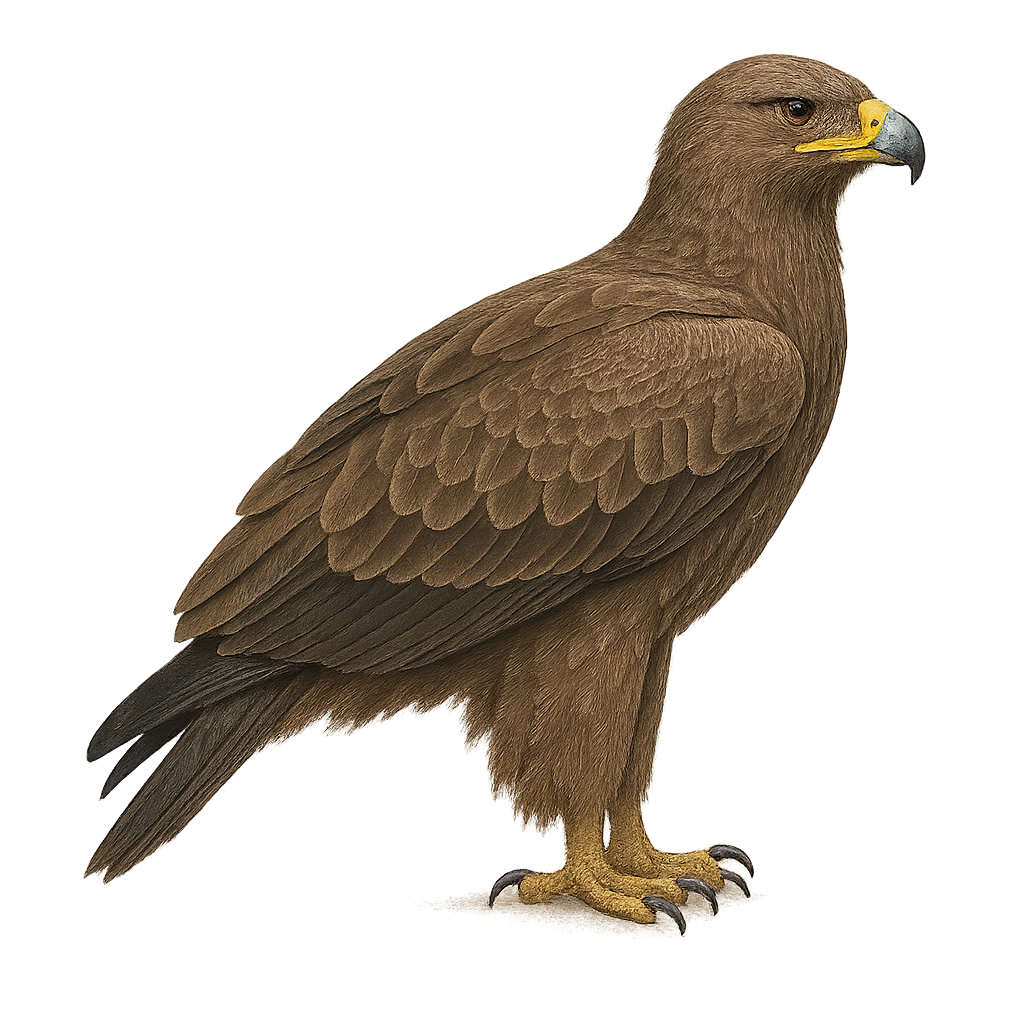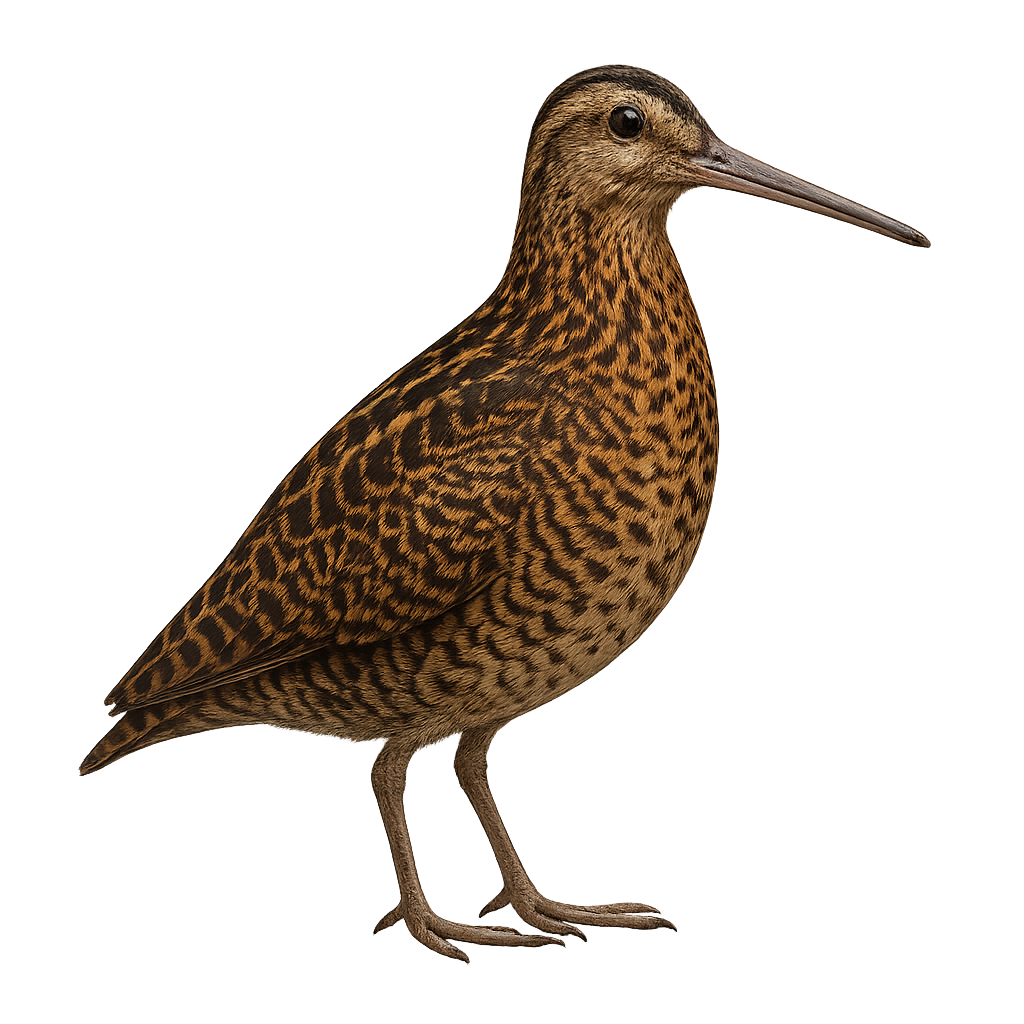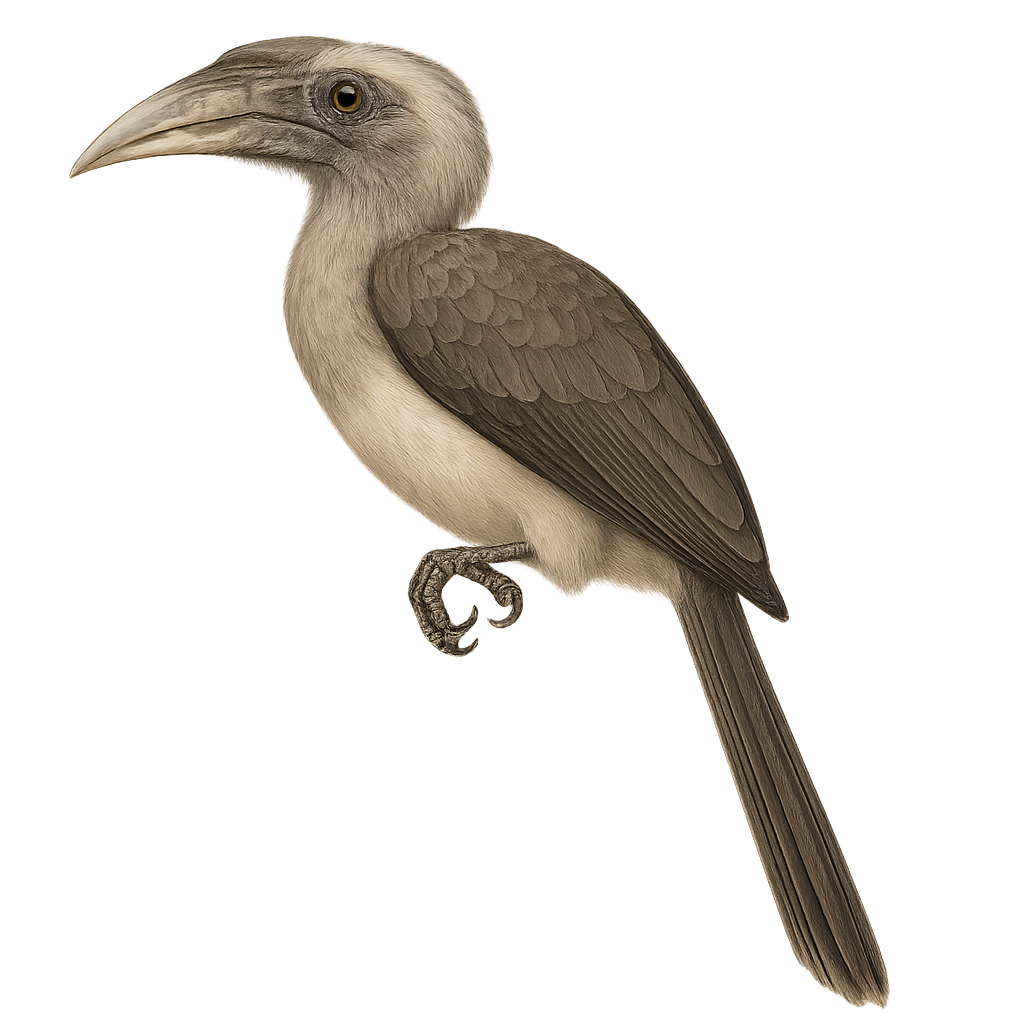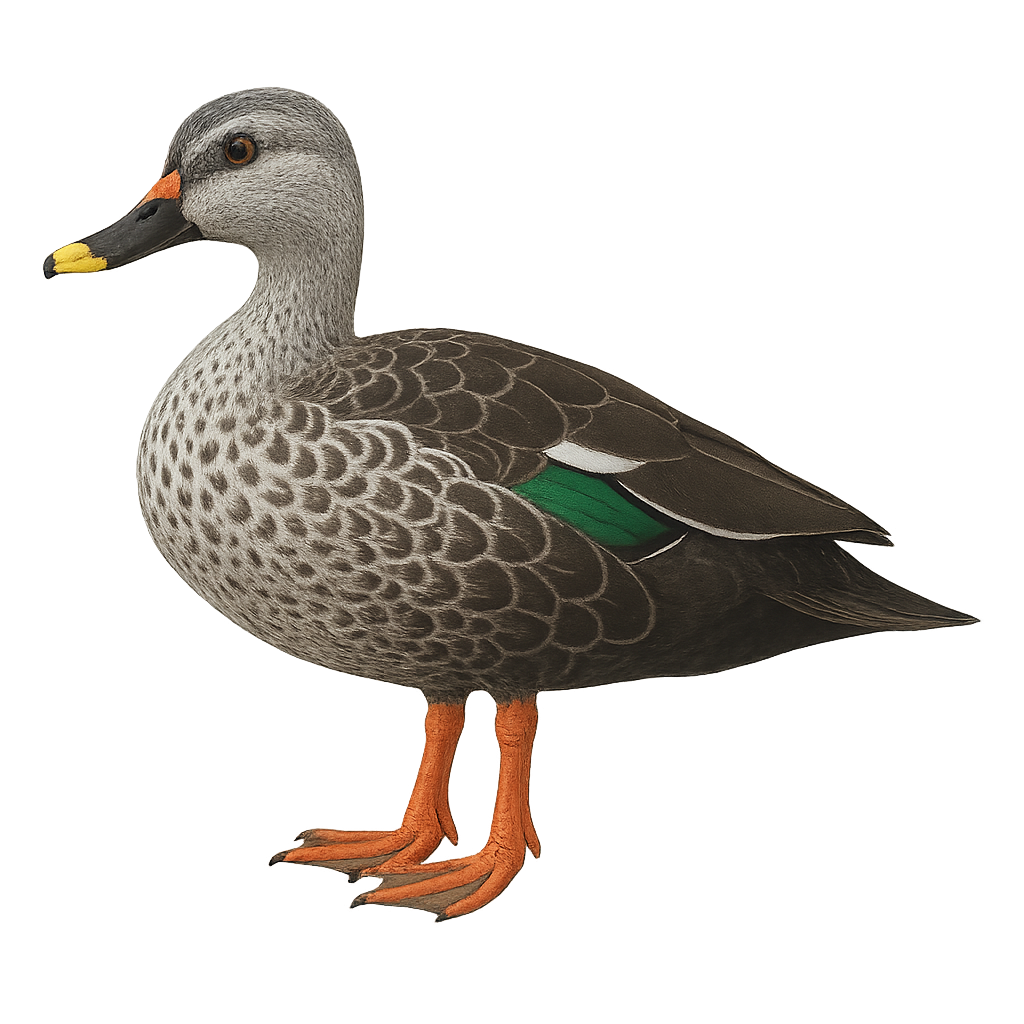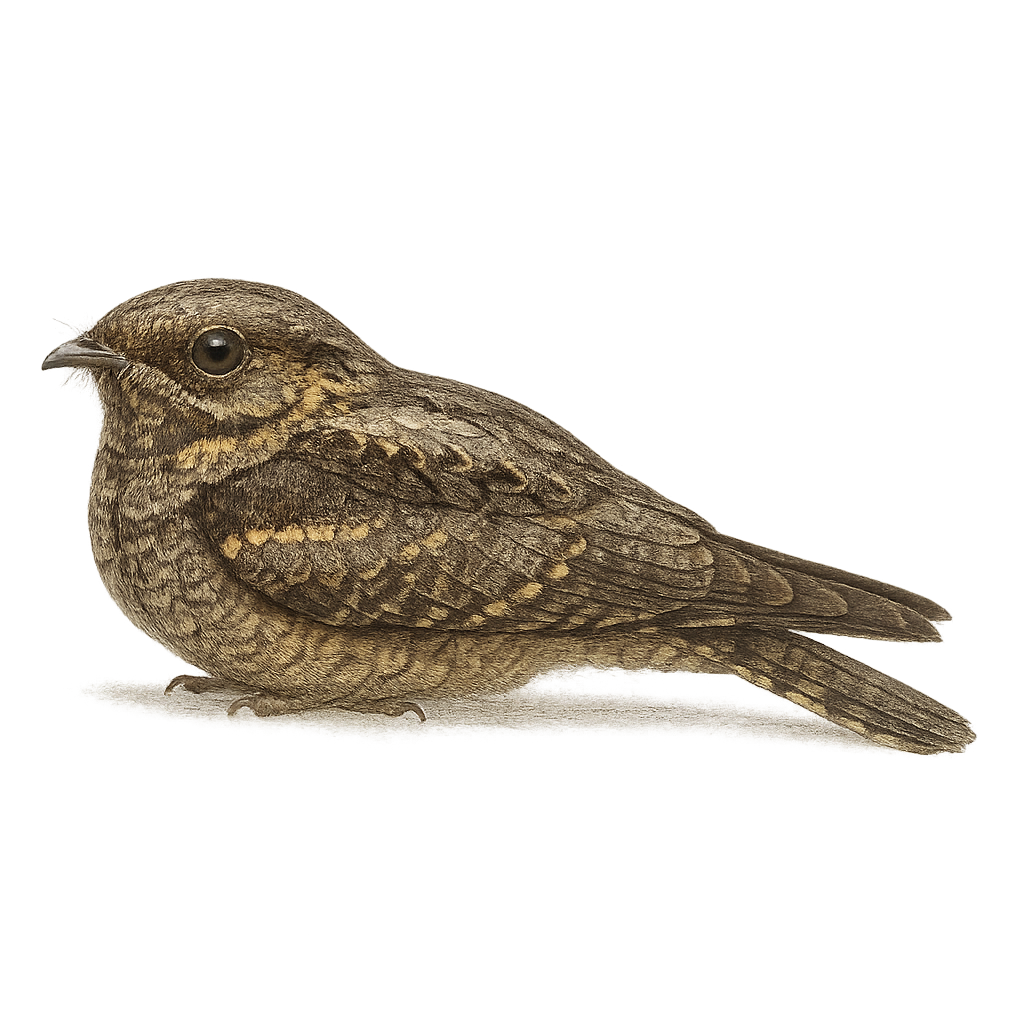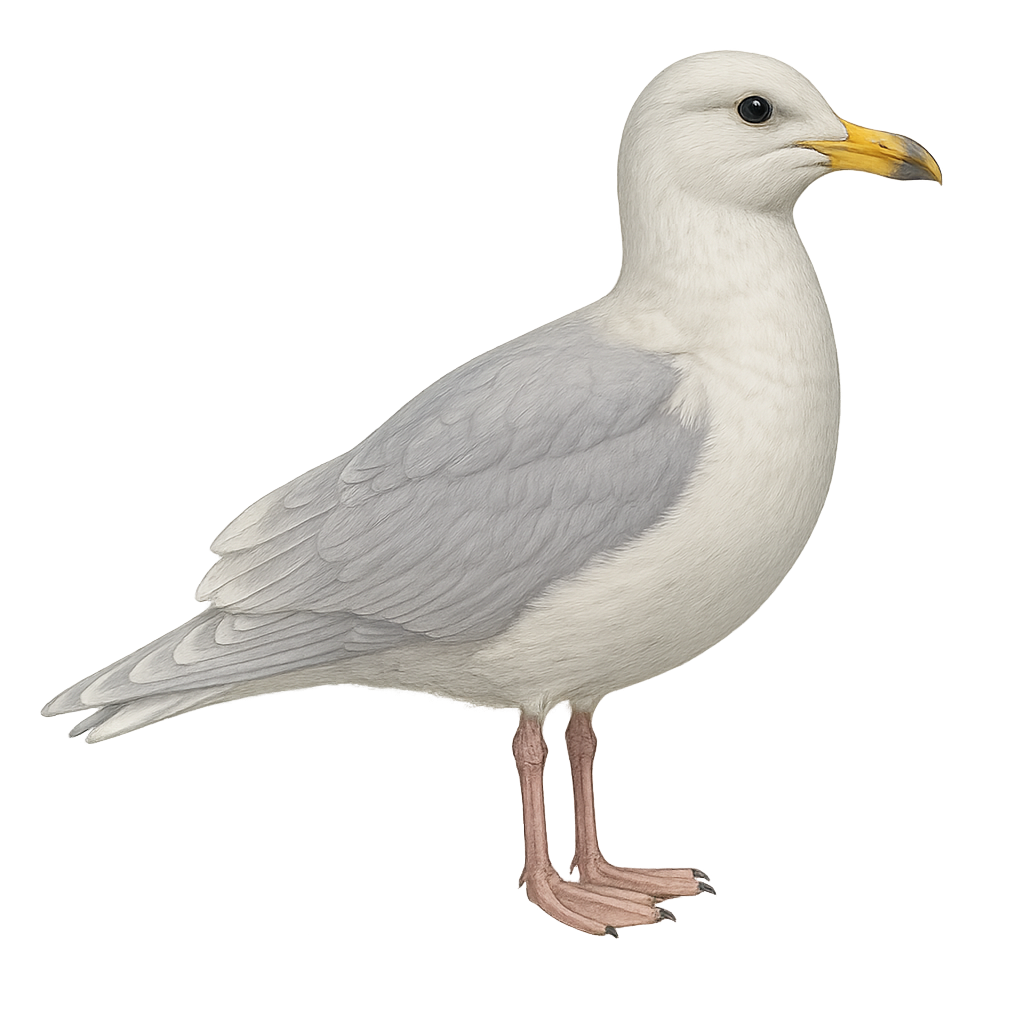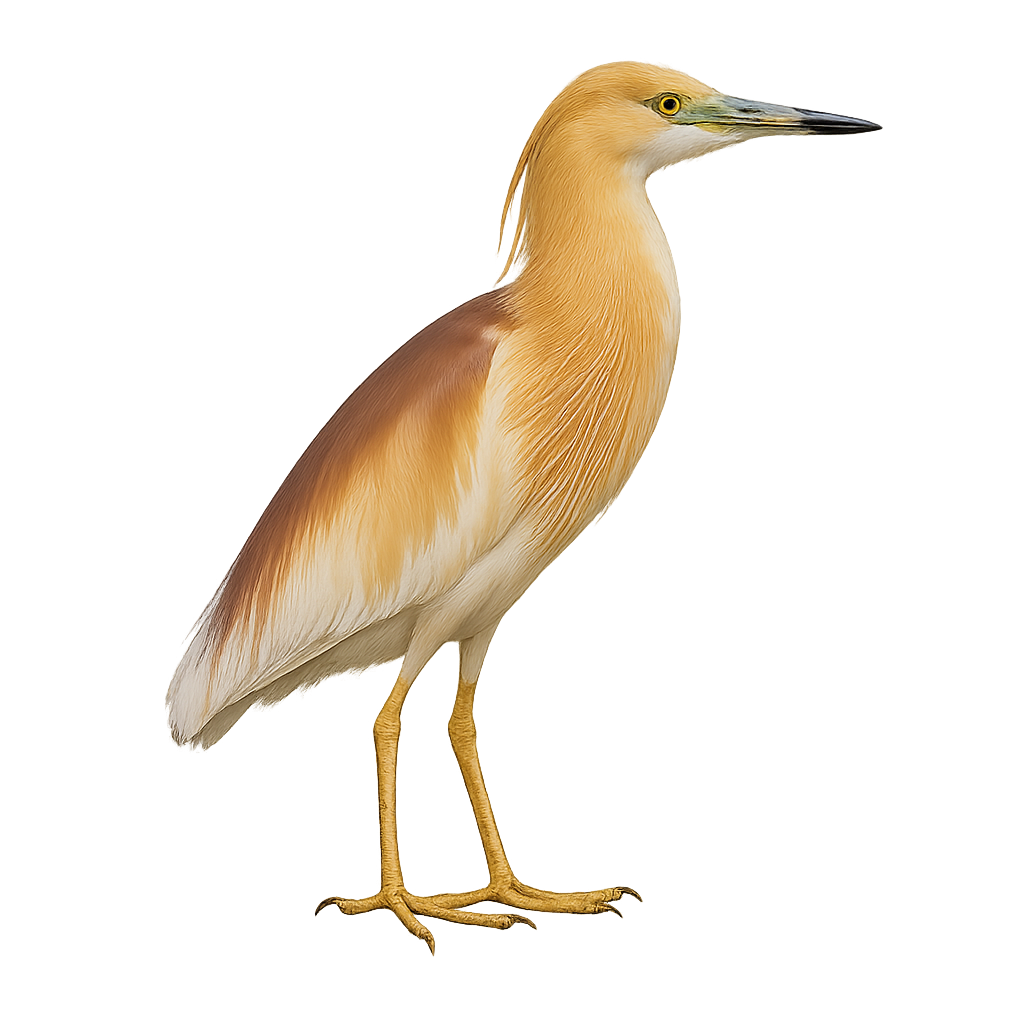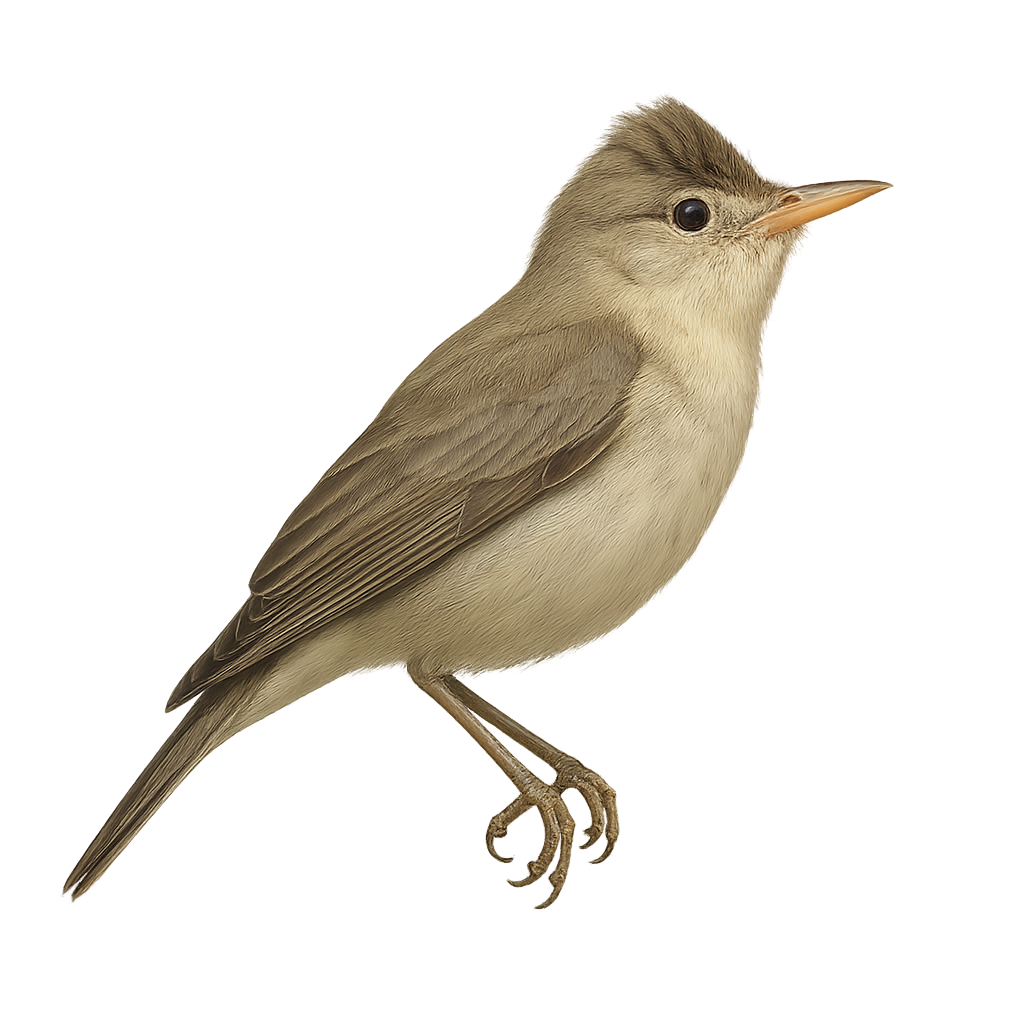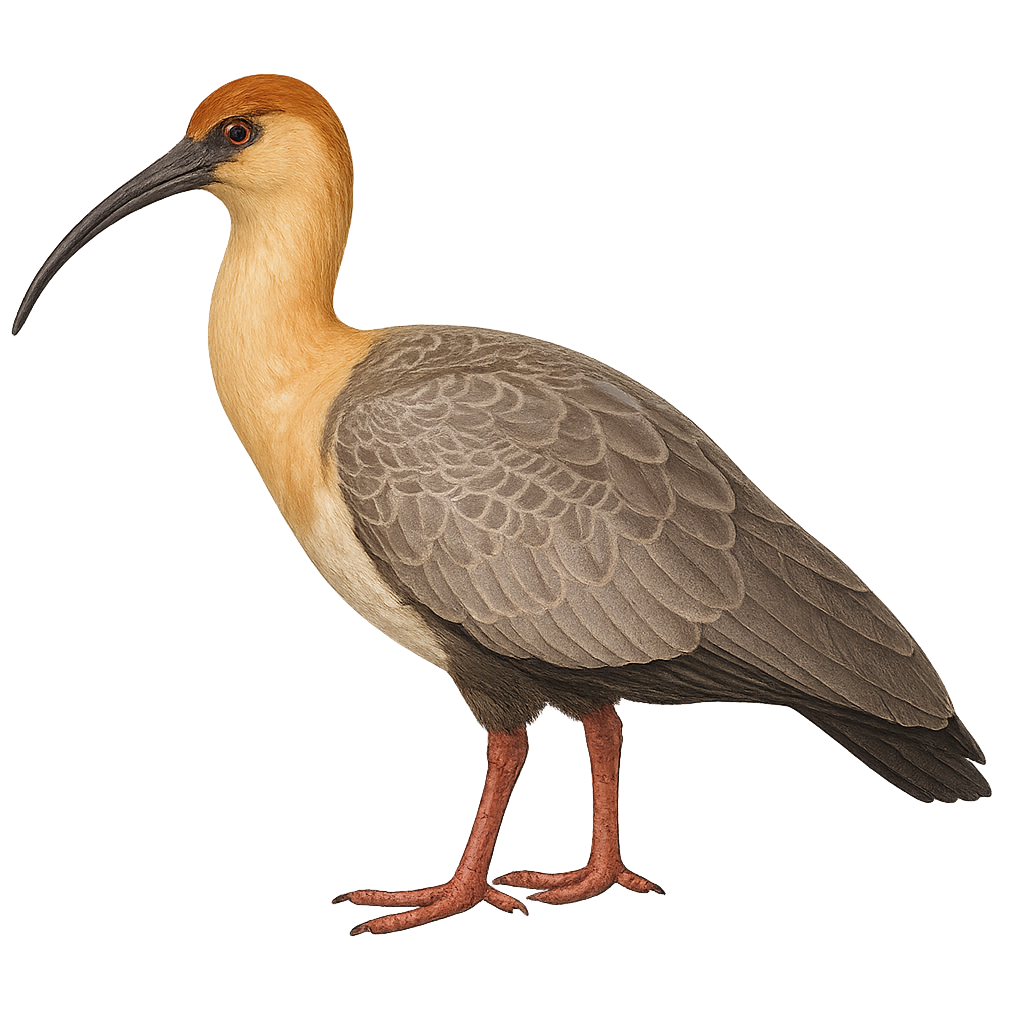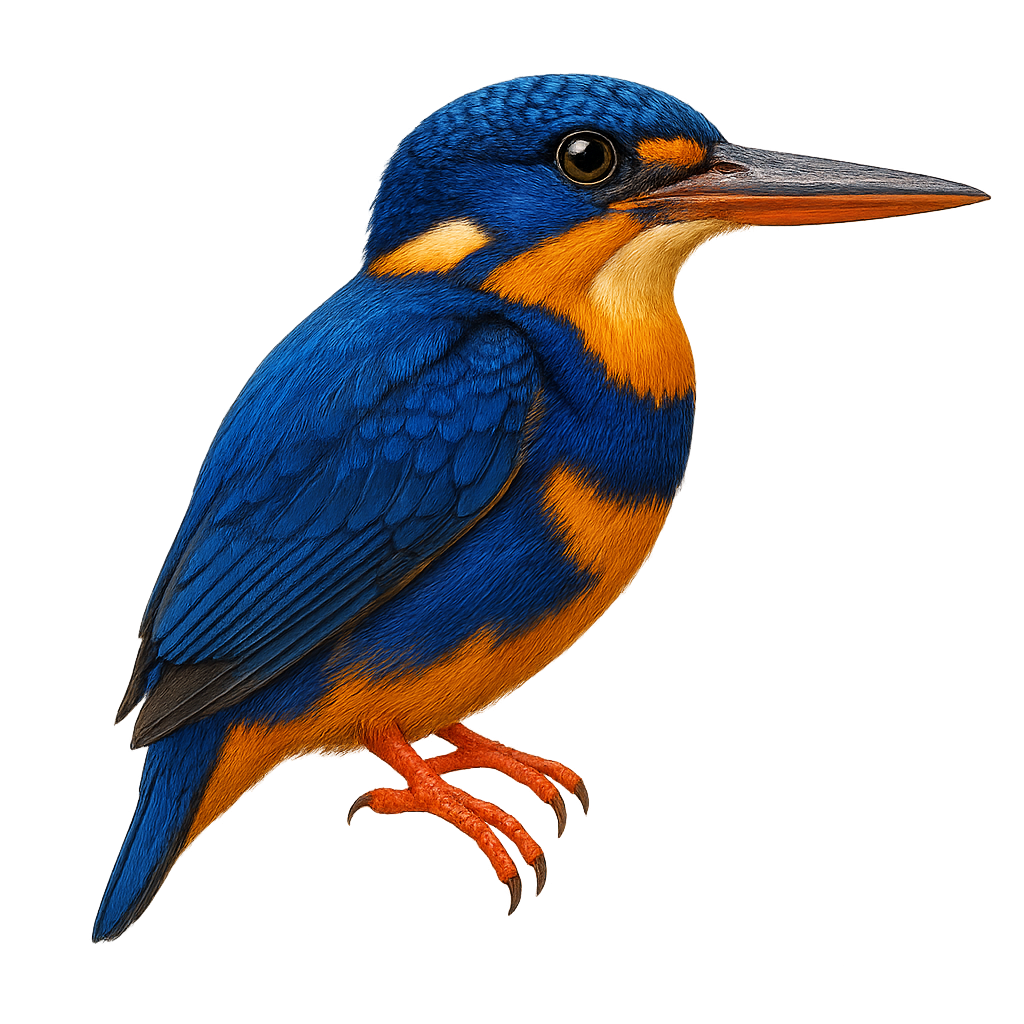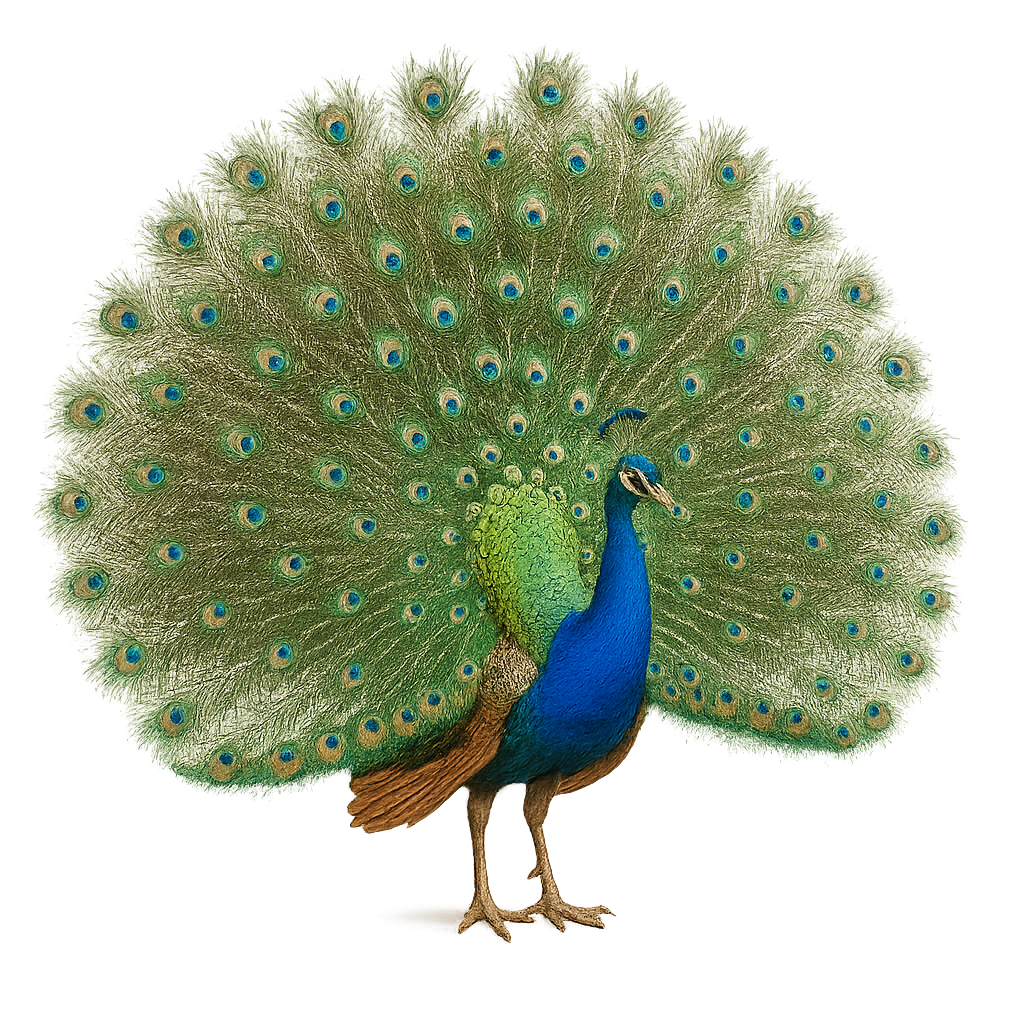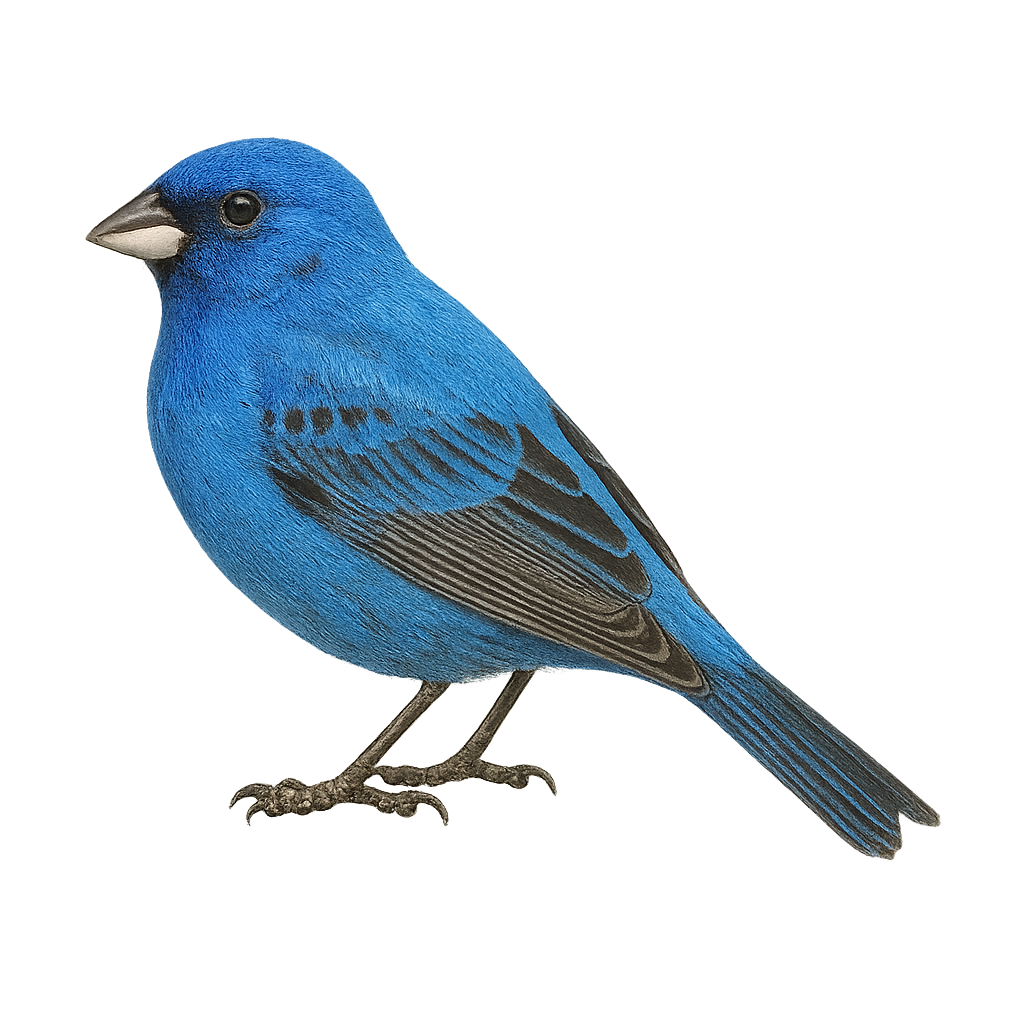The Indian Spotted Eagle, or Clanga hastata, is a medium-sized raptor primarily found in the northern plains of India and parts of Southeast Asia. It is characterized by its dark brown plumage with lighter spots and broad, rounded wings. This eagle prefers open habitats such as grasslands and agricultural areas, where it can easily spot its prey. It primarily feeds on small mammals, birds, and reptiles. Although often solitary, it can be seen in small groups during migration. Its population is declining due to habitat loss and pollution.
The Ibisbill, Ibidorhyncha struthersii, is a unique and fascinating bird, easily recognizable by its long, downward-curved red bill and its grey and white plumage. It primarily inhabits mountain rivers and gravel beds in Central Asia, particularly in the Himalayan regions. This bird is particularly adapted to its environment, using its distinctive bill to probe into pebbles and sediments in search of food, mainly aquatic insects and small crustaceans. Although discreet, the Ibisbill is often observed in small groups or pairs, especially during the breeding season. Its ability to blend into its rocky environment sometimes makes it difficult for observers to spot.
The Imperial Snipe, or Gallinago imperialis, is a rare and elusive bird mainly found in the Andes. It is characterized by its dark brown plumage with intricate patterns that allow it to blend into its marshy surroundings. Its long, straight bill is perfectly adapted for probing the ground in search of worms and insects. This bird is most active at dawn and dusk, making it difficult to spot. The Imperial Snipe is often solitary, although it can sometimes be seen in small groups. It prefers wetland habitats and peat bogs located at high altitudes, between 2000 and 3000 meters. Its population is declining, mainly due to the loss of its natural habitat.
The Indian Grey Hornbill, or Ocyceros birostris, is a small grey hornbill native to wooded and semi-open areas of the Indian subcontinent. It is identified by its uniform grey plumage, black tail with white edges, and a curved two-toned bill—orange at the base and black at the tip. Found in dry forests, farmlands with trees, and even urban areas in India and Sri Lanka, it is usually seen in pairs or family groups, calling with sharp, screeching sounds. Its diet includes fruits, insects, and occasionally small vertebrates. The Indian Grey Hornbill is common and adapts well to human-altered landscapes.
The Indian Spot-billed Duck, Anas poecilorhyncha, is a medium-sized waterfowl known for its distinctive bill marked with yellow and black spots. Its plumage is primarily brown with lighter shades on the belly and darker patterns on the back. The wings feature a green iridescent speculum, visible in flight. This duck primarily inhabits wetlands, lakes, and rivers in South and Southeast Asia. It is often seen in small groups, feeding on aquatic plants, insects, and small invertebrates. Although generally not very shy, it can be suspicious in areas where it is hunted.
The Indian Nightjar is a fascinating bird, primarily nocturnal, known for its cryptic plumage that allows it to blend seamlessly into its surroundings. It is often seen in open forests, clearings, and shrublands. Its song, a soft and repetitive trill, often resonates at dusk and dawn. This bird primarily feeds on insects, which it catches in flight with its wide beak and sensitive bristles. Although discreet, it plays a crucial role in ecosystem balance by regulating insect populations. Its breeding season varies by region, but it is generally monogamous and lays eggs directly on the ground without building a nest.
The Iceland Gull, or Larus glaucoides, is a medium-sized seabird primarily found in Arctic and subarctic regions. It is notable for its pure white plumage and pale grey wings, lacking the black markings typical of many other gulls. During the breeding season, it nests on coastal cliffs and rocky islands, often in mixed colonies with other gull species. Its diet is varied, including fish, crustaceans, and human waste. As a migratory bird, it winters further south along the Atlantic coasts of Europe and North America. Its flight is graceful and powerful, and it emits distinctive high-pitched calls.
The Indian pond heron is a small heron of about 45 cm, with buff-brown plumage and white flight feathers visible in flight. It inhabits freshwater wetlands, rice paddies and riverbanks, standing motionless before striking fish, amphibians and insects with a quick bill thrust. During breeding, it builds a stick nest in waterside shrubs and the male performs courtship displays by raising neck feathers.
The icterine warbler is a small migratory passerine, 11–13 cm long, with olive-green upperparts and pale yellow underparts, distinguished by a bright yellow supercilium. It inhabits open woodlands and edges, feeding mainly on insects and spiders gleaned from foliage or caught in flight. During breeding, males perform singing display flights and sing from elevated perches to attract females and defend territories.
The Andean Ibis, or Theristicus branickii, is a large wading bird identified by its pale gray plumage, orange-brown head and neck, long curved black bill, and black-tipped wings. It inhabits the high Andean plateaus between 3,000 and 5,000 meters, primarily in Peru, Bolivia, Ecuador, and northern Chile. Found in high-altitude grasslands, wet meadows, and marshy pastures, it feeds on invertebrates, larvae, and small vertebrates, probing the ground with its long bill. Usually solitary or in small groups, it is often seen walking in open landscapes. The species is generally stable, though reliant on the preservation of Andean ecosystems.
The Indigo-banded Kingfisher, Ceyx cyanopectus, is a fascinating bird found in the humid tropical forests of the Philippines. It is distinguished by its striking plumage, with a bright blue head and back, contrasting with a white chest and black wings. Measuring about 16 cm, it is known for its robust beak and short legs. This kingfisher is an agile predator, primarily feeding on small fish and insects, which it captures by diving with precision. Although often solitary, it can be observed in pairs during the breeding season. Its presence is an indicator of the health of the aquatic ecosystems it inhabits.
The Italian Sparrow, Passer italiae, is a small, robust bird often mistaken for the House Sparrow. It features brown and grey plumage, with a dark brown cap and distinctive white cheeks. Males have a more pronounced black bib than females. This passerine is mainly sedentary, inhabiting urban and rural areas in southern Europe, especially in Italy and Corsica. It is omnivorous, feeding on seeds, insects, and crumbs. The Italian Sparrow is very social, often forming large flocks. It nests in cavities of buildings or trees, using various materials to build its nest.
The Peacock is a large bird native to the Indian subcontinent, but it is now found in many parts of the world, often raised for its magnificent feathers. It measures about 2 to 2.5 meters in length, much of which consists of its tail, which can reach up to 1.5 meters in length. The Peacock's feathers are brilliantly colorful, with blue, green, and gold patterns that are displayed during courtship rituals to attract females. Outside of the breeding season, the Peacock is a terrestrial bird, feeding on seeds, fruits, insects, and small reptiles. Although this species is not in immediate danger, it is threatened by habitat loss and hunting in some regions.
The Indigo Bunting, Passerina cyanea, is a small songbird native to North America, renowned for the male's vibrant blue plumage during the breeding season. Females and juveniles display a dull brown plumage, aiding in camouflage. These birds migrate south in winter, reaching as far as Central America. They favor open habitats like fields, forest edges, and thickets. Their diet mainly consists of seeds, insects, and berries. The Indigo Bunting's song is melodious and complex, often used to mark territory and attract mates.


